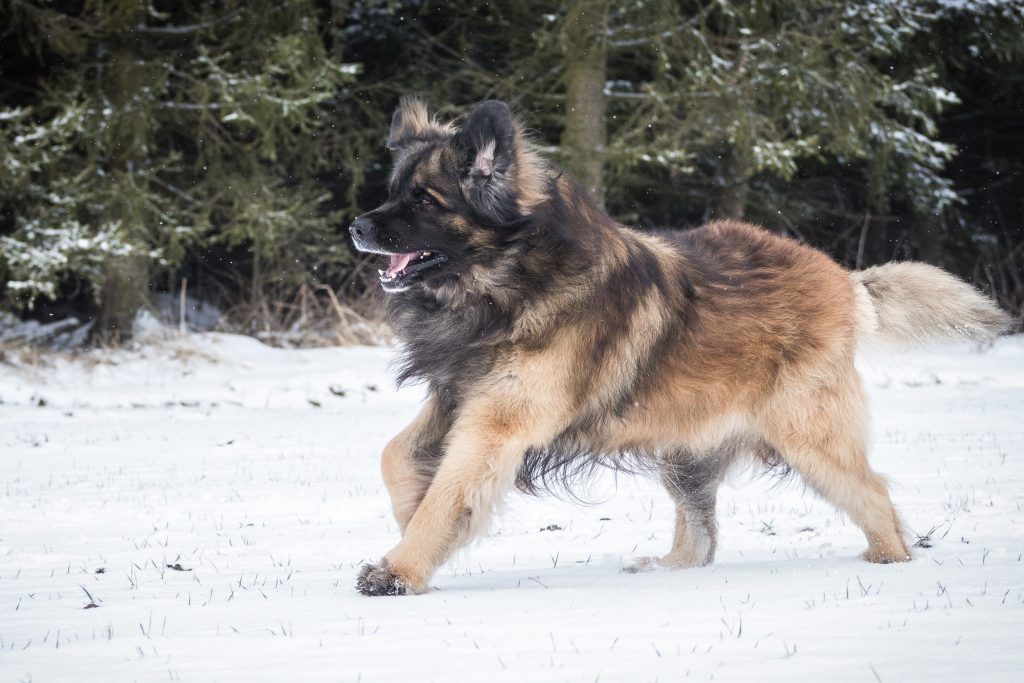With an ever-growing increase in the number of people getting dogs as pets, it seems a few main breeds have come out on top as the most popular. Golden retrievers and doodle breeds come to mind; it feels as though anywhere you go, you can find at least one of these beloved breeds.
While it is great for these popular breeds to be kept and adored, it begs the question: What are some of the rarest dog breeds in the United States?
Rare Dog Breeds
If you are interested in going off the beaten path with your dog breed choice, keep reading. Today, we will take a look at some of the rarest dog breeds in the U.S.
Xoloitzcuintli
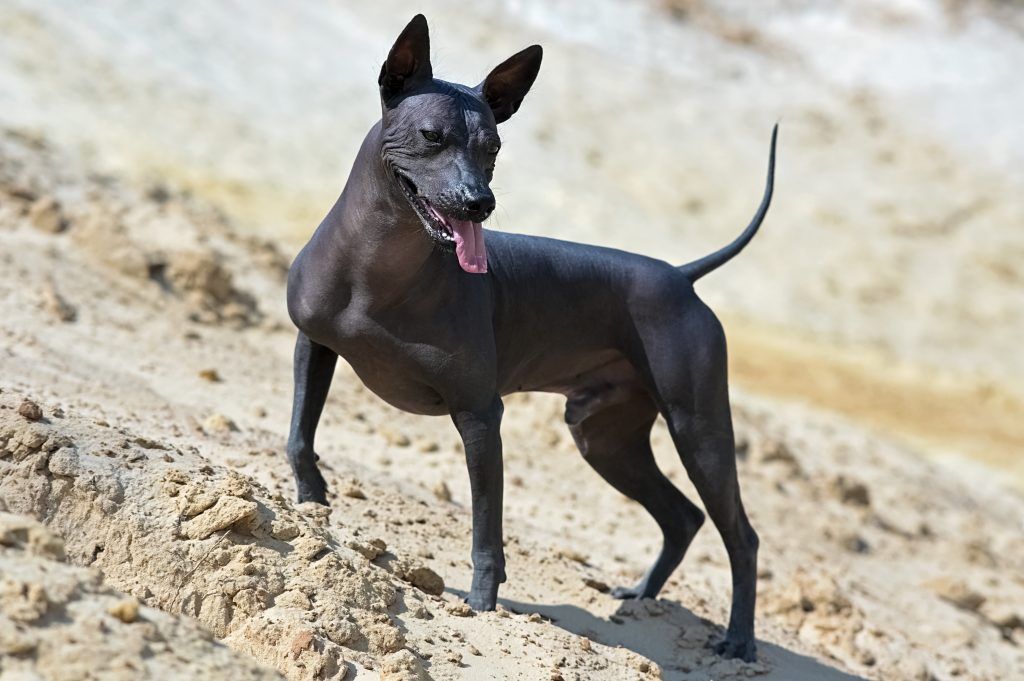
Photo Credit: Shutterstock
Try to say this name 10 times fast! All jokes aside, the Xoloitzcuintli is an old breed that originated in Aztec society. Sometimes referred to as the “Mexican hairless dog,” Xoloitzcuintlis are primarily known for having skin mostly free of hair. Aside from some thin hair that covers their body, their skin is dark and sleek, which makes them look rather distinguished.
Although this breed is considered to be rare, it has grown in popularity over the years. Now more than ever, the breed has niche locations in the U.S. where they can be found more frequently. One factor that has played a role in the breed’s popularity is that it is bred in three different sizes, making it appealing to many pet owners.
Norwegian Lundehund
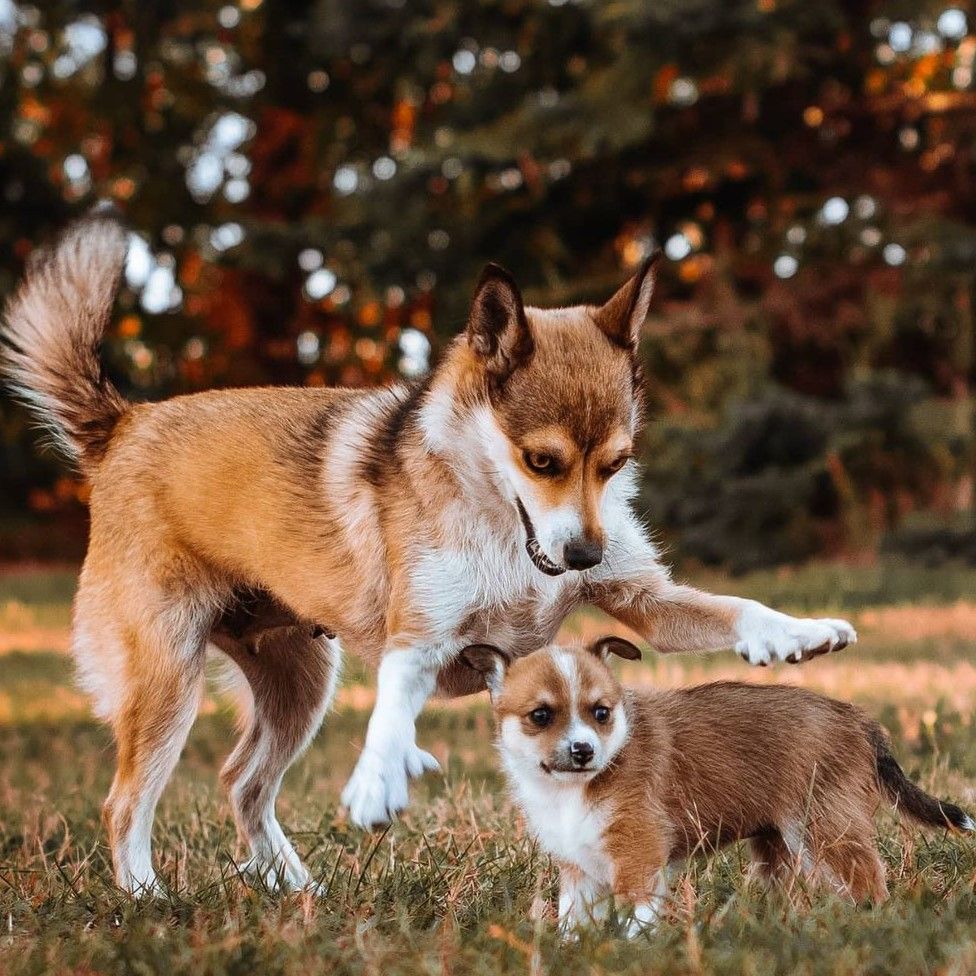
Photo Credit: solkanatalundehunds(IG)
Sometimes referred to as the “puffin dog,” the Norwegian Lundehund was a breed initially created to help people hunt puffins. Lundehunds are truly an athletic breed, with traits specifically chosen for hunting purposes. Specifically, they have a flexible skeleton, strong running muscles, and six toes on each foot for improved stability!
They have a unique protective double coat consisting of thick white, brown, and reddish-tan hair. Although they have some energy that must be burnt off to keep them happy, they can be quite cute and cuddly companions!
Komondor

Photo Credit: Shutterstock
The Komondor is a unique breed, hailing originally from Hungary. They were originally intended for use as cattle protection and herding dogs. With this, they were bred with specific traits, such as a dense coat that protects them from intense weather conditions.
In addition to its unique coat, which lies in rope-like locks, the breed is also known for being incredibly muscular and well-built. Like most herding dogs, the komondor is known for being remarkably stable around family. Likewise, if things get a little hairy, they can become anxious or aggressive when meeting suspicious strangers. With that in mind, they make a great breed that fills the role of other herding breeds, such as Australian Shepherds.
Nova Scotia Duck Tolling Retriever
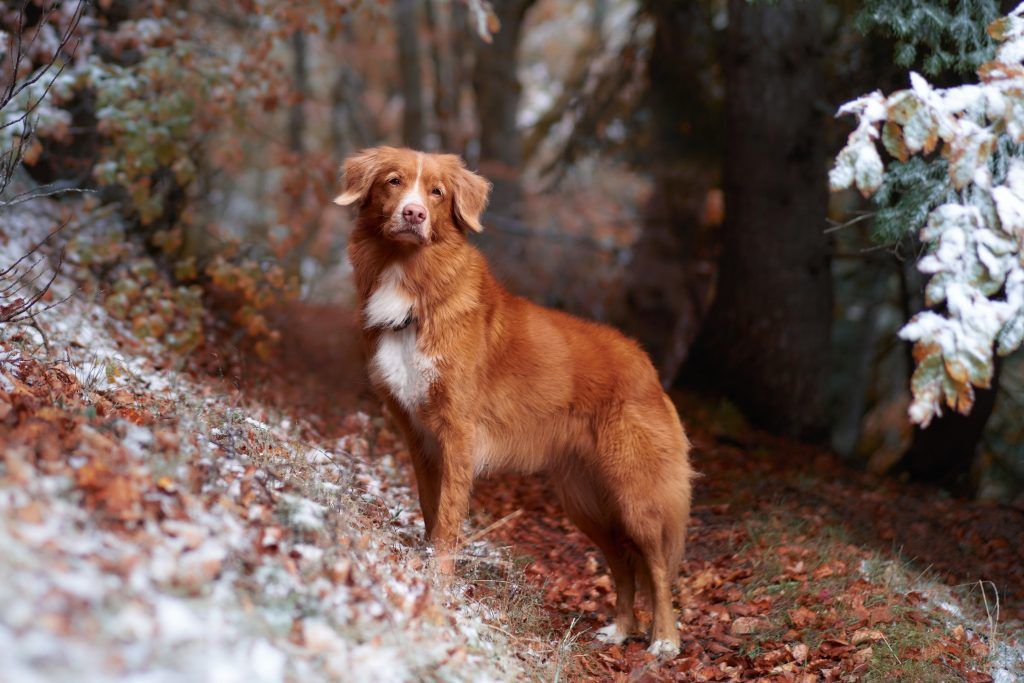
Photo Credit: Shutterstock
Often referred to by the much shorter name, “Toller,” the Nova Scotia Duck Tolling Retriever was originally bred in…you guessed it, Nova Scotia! Born as waterfowl hunters, they have a water-repellent coat that is a gorgeous red-brown color. Their overall coloration is said to be somewhat reminiscent of a fox, which supposedly helped them in their unique hunting endeavors.
They are reported to be a perfect mix of most hunting and sporting breeds, which makes them overall well-rounded companions.
Leonberger

Photo Credit: Shutterstock
Hailing from Germany, the Leonberger is a breed known for their size and power. On average, Leonbergers stand at around 31 inches tall, with a thick coat of hair. Males of this breed are known to have a mane around their neck of elongated hair, which gives them a lion-like flare.
Along with their hair, they require a lot of care in terms of brushing. They typically shed all year round and have two periods of increased annual shedding. Due to this, they can sometimes be a handful in terms of maintenance and care. With that said, they have a loveable personality that makes them a cherished companion for many pet owners.
Japanese Chin
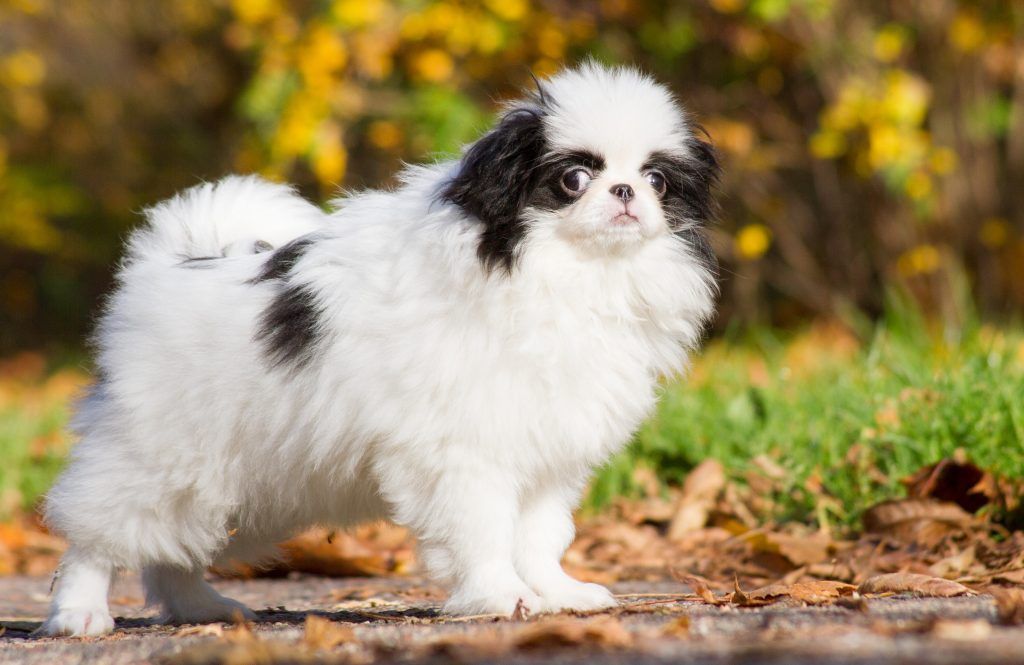
Photo Credit: Shutterstock
Even though they aren’t the best-looking breeds, the Japanese Chin is a niche type of dog that is sought after by some pet lovers. They are sometimes compared to other small breeds, such as Shih-Tzus and Papillons. In terms of appearance, they have a gorgeous mane of silky hair that can be extremely long. Their long hair covers most of their body, tail included!
Japanese Chin are often described to be “cat-like” having a quiet demeanor that suits lounging well!
Basenji
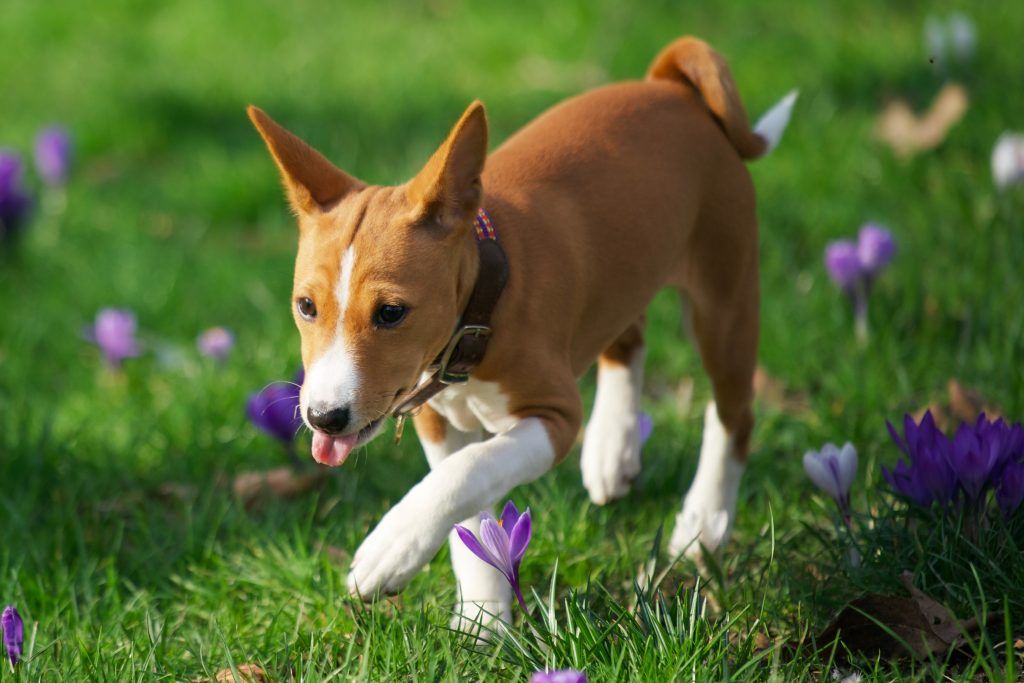
Photo Credit: Shutterstock
Basenjis are a unique breed that originated in Africa. They are a compact breed known for being “barkless”. Despite not being marketed as a talker, they can produce a variety of yodeling and chortling noises. In addition to their relatively quiet disposition, Basenjis are also known for their running ability. When running, they take on a graceful form, looking almost like a majestic racehorse!
